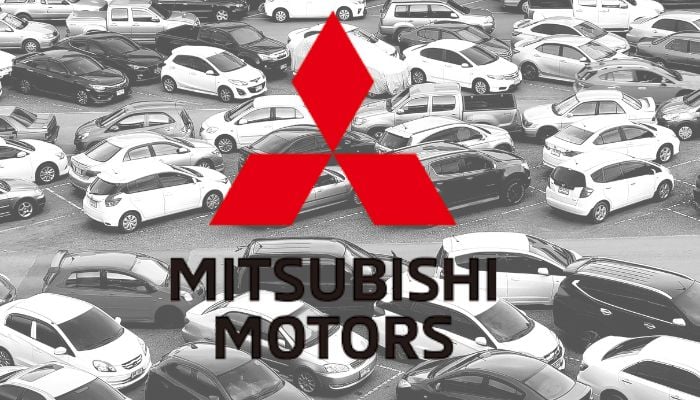
Mitsubishi Motors Corporation has officially lost its last engine production capacity in China, processing out its long-standing joint venture, Shenyang Aerospace Mitsubishi Motors Engine Manufacturing Co., Ltd. (SAME), which lasted over two decades.
The partnership was established in 1997 to produce engines, primarily for Mitsubishi; and, additionally, several Chinese automakers that formed along the way, and offered one of the world's best examples of automotive growth.
Over these years, China automotive overall business has transitioned at a rapid pace toward electrification and new energy vehicles (NEVs), and fighting to keep pace, traditional engine manufacturing has continued to struggle.
In its statement, Mitsubishi shared that the decision was agreed upon and was intended to support the strategic shift toward electrification and sustainability.
"The Chinese automotive market has been changing, and we will realign our resources to compete in this era going forward." Mitsubishi Motors continued.
China is the largest car market in the world, where it encourages faster movement by local brands toward electric mobility and digital innovation.
As the demand for internal combustion engine (ICE) vehicles has continued to decline, and pressures to adapt mount for global automotive manufacturers like Mitsubishi Motors, given 'new auto demand,' the cessation of conventional engine manufacturing and SAME's operations in China are blessings in disguise.
The closure of SAME signals not only the end of Mitsubishi’s conventional engine operations in China but also the company’s broader focus on plug-in hybrid and battery-electric vehicles.
Mitsubishi is investing heavily in emerging technologies and new markets that are more aligned with its electrification roadmap.















